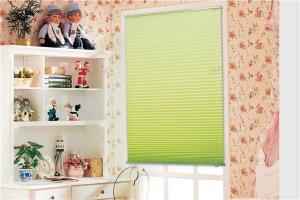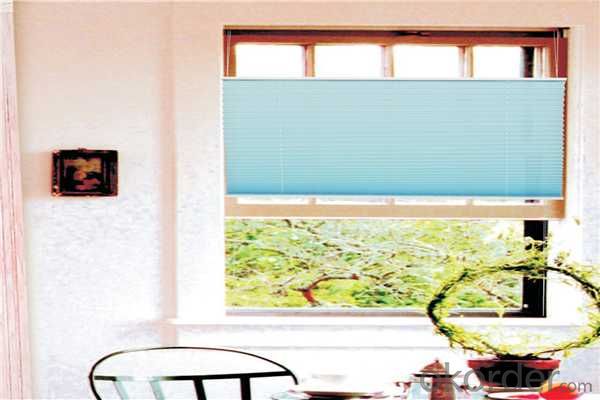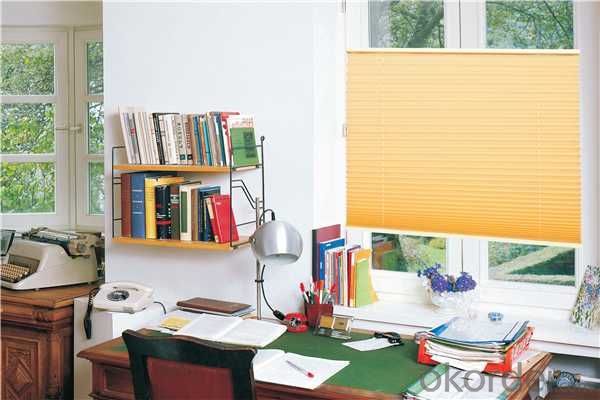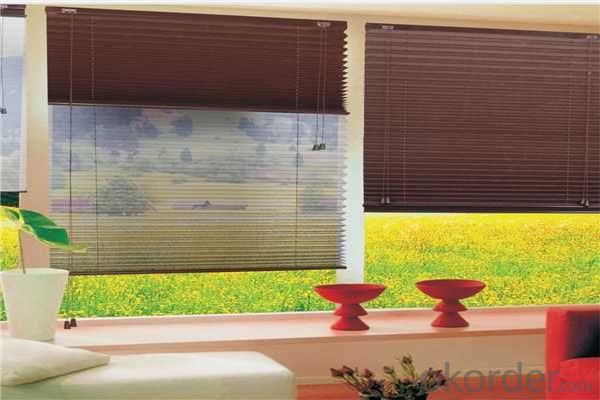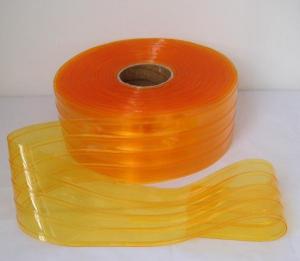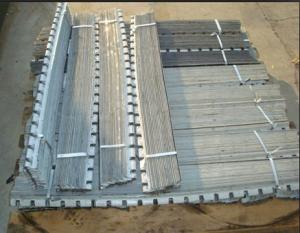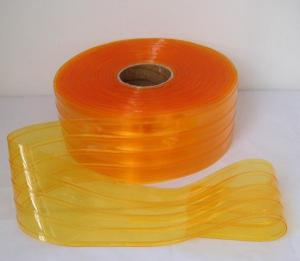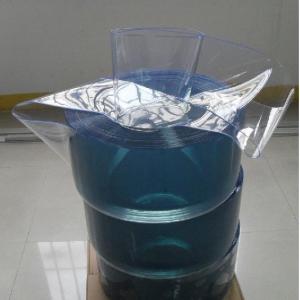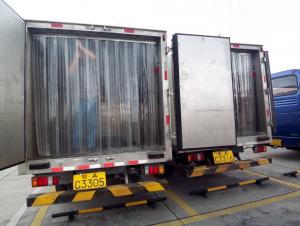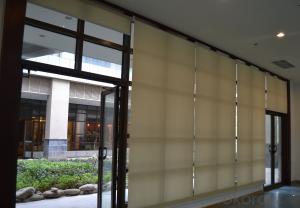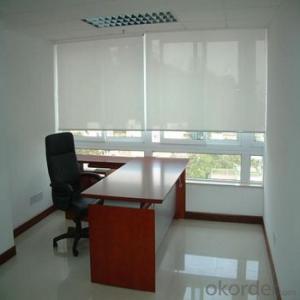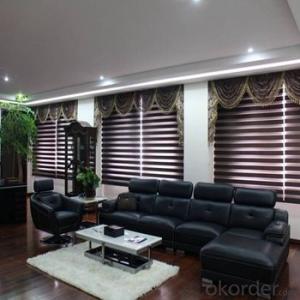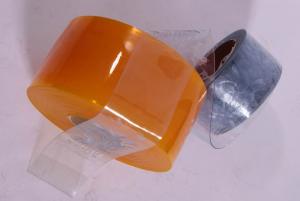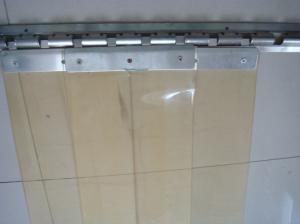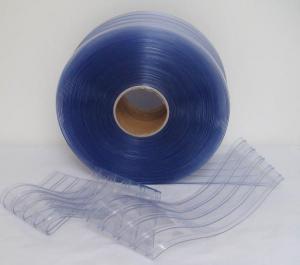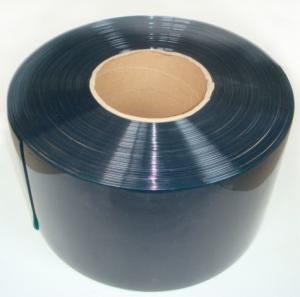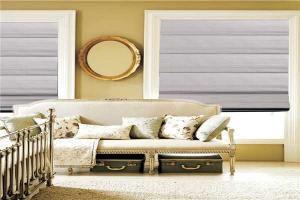25mm Up and Down Pleated Blind For Home And Office
- Loading Port:
- Ningbo
- Payment Terms:
- TT or LC
- Min Order Qty:
- 1000 m
- Supply Capability:
- 500000 m/month
OKorder Service Pledge
Quality Product, Order Online Tracking, Timely Delivery
OKorder Financial Service
Credit Rating, Credit Services, Credit Purchasing
You Might Also Like
The curtain could be used in home and office for decorating or shading. The material of products in our company is eco- friendly and durable, and the UV-protection for this goods is strong. It's easy to install and disassemble to clean. And it looks quite beautiful and practical. The main materials for curtain are polyester and non-woven cloth, its track is aluminum and the snap is plastic.At the same time, Material, color and size can be customized as customer's demand.
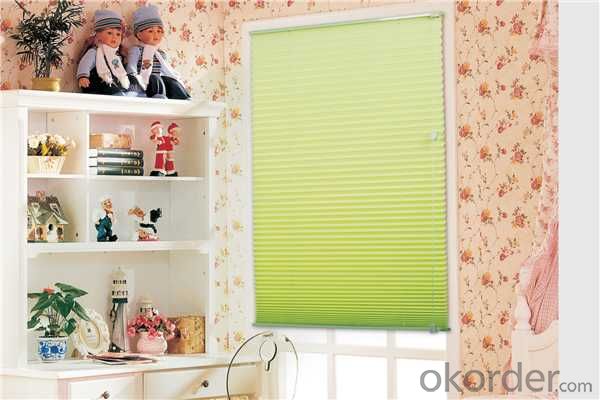


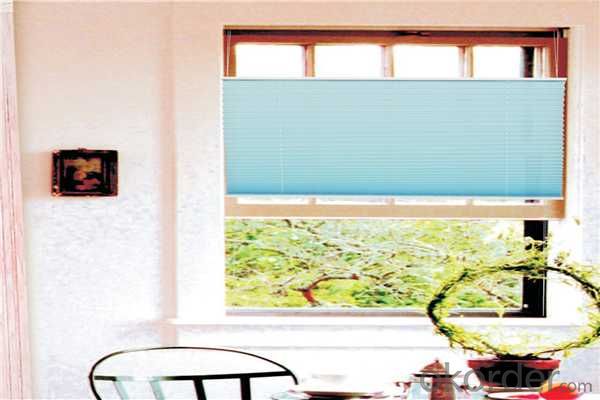
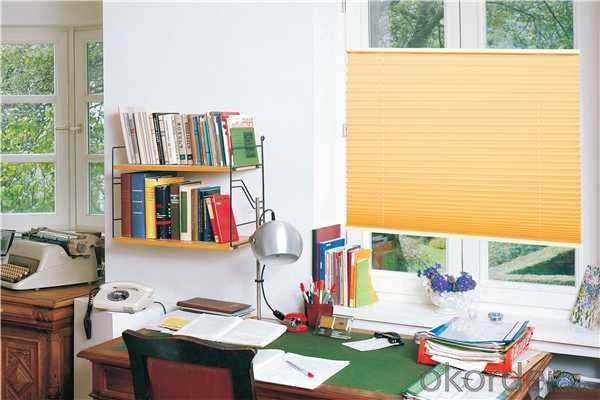
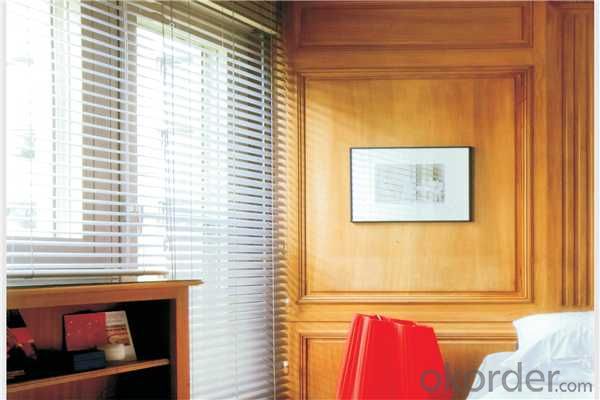
- Q: Are there any specific guidelines for using home appliances with plastic parts around children or pets?
- Yes, it is a good practice to follow certain guidelines when using home appliances with plastic parts around children or pets. Firstly, always ensure that the appliances are used under adult supervision, especially if they have small detachable plastic parts that could pose a choking hazard. Additionally, make sure that the appliances are placed in safe and secure locations, out of reach of children or pets to prevent accidents or damage. It is also important to regularly inspect the plastic parts for any signs of wear or damage and replace them if necessary, as broken or sharp edges could potentially harm children or pets. Overall, being cautious and taking necessary precautions can help ensure the safety of both children and pets around home appliances with plastic parts.
- Q: How many kinds of plastic fiber can be divided into? What's the effect of each?
- There is no definite classification of plastics at present. The general classification is as follows: 1.. According to the physical and chemical properties of plastics, thermoplastics can be repeatedly heated, softened and cooled to harden in a certain temperature range. Such as polyethylene plastic, PVC plastic.Thermosetting plastics: Plastics cured by heat or other conditions without melting into insoluble material. Such as phenolic plastics, epoxy plastics and so on.
- Q: Are there any health concerns with plastic parts in electric shavers?
- Yes, there are potential health concerns with plastic parts in electric shavers. Some plastics contain harmful chemicals like phthalates or BPA, which can leach into the skin and possibly disrupt hormone function. Additionally, if the plastic parts are of poor quality or become damaged, they may cause skin irritation or allergic reactions. It is important to choose electric shavers that are made from high-quality, BPA-free plastics to minimize these health risks.
- Q: How do plastic components in blenders and food processors handle constant exposure to food and liquids?
- Plastic components in blenders and food processors are designed and manufactured to withstand constant exposure to food and liquids. They are typically made from food-grade materials that are resistant to corrosion, stains, and odors. These plastics undergo rigorous testing to ensure they are safe for use with food and can handle the demands of everyday use. Additionally, proper care and maintenance, such as regular cleaning and avoiding harsh chemicals, can help extend the lifespan of these plastic components.
- Q: How does the use of plastic in home appliances impact the overall lifespan of the appliance?
- The use of plastic in home appliances can have both positive and negative impacts on the overall lifespan of the appliance. On one hand, plastic can make appliances lighter and more affordable, increasing their accessibility to a wider range of consumers. However, plastic is generally less durable than other materials, such as metal, and may be more prone to wear and tear over time. Additionally, certain types of plastic can be susceptible to heat damage or degradation, potentially reducing the lifespan of the appliance. Therefore, while plastic can be beneficial in terms of cost and accessibility, it may also contribute to a shorter overall lifespan for the appliance.
- Q: Are plastic home appliances resistant to water damage?
- Plastic home appliances can vary in their resistance to water damage. While some plastic appliances may have waterproof or water-resistant features, it is important to check the specific product's specifications or ratings to determine its level of protection against water damage.
- Q: Can plastic parts in electric can openers withstand repeated use without breaking?
- Yes, plastic parts in electric can openers are designed to withstand repeated use without breaking. They are made from durable and sturdy materials that are specifically chosen to endure the strain and stress of daily use. However, the lifespan of the plastic parts may vary depending on the quality of the can opener and the frequency of use.
- Q: Are there any safety standards or regulations for plastic parts in home appliances?
- Yes, there are safety standards and regulations in place for plastic parts in home appliances. These standards ensure that the plastic materials used in these products are safe, durable, and comply with specific performance criteria. They cover aspects such as flammability, electrical insulation, chemical resistance, and food contact safety. Compliance with these standards helps to ensure the overall safety and quality of home appliances.
- Q: Can plastic parts in home appliances be easily cleaned or wiped down?
- Yes, plastic parts in home appliances can generally be easily cleaned or wiped down.
- Q: Are there any limitations in terms of temperature resistance for plastic parts in home appliances?
- Yes, there are limitations in terms of temperature resistance for plastic parts in home appliances. Different types of plastics have varying temperature thresholds at which they can become deformed or damaged. While some plastics can withstand high temperatures up to 200°C or more, others may have lower thresholds and can only tolerate temperatures up to 70-80°C. Therefore, it is crucial for manufacturers to carefully select the appropriate plastic materials for each specific application to ensure that the plastic parts can withstand the temperatures they will be exposed to in home appliances.
Send your message to us
25mm Up and Down Pleated Blind For Home And Office
- Loading Port:
- Ningbo
- Payment Terms:
- TT or LC
- Min Order Qty:
- 1000 m
- Supply Capability:
- 500000 m/month
OKorder Service Pledge
Quality Product, Order Online Tracking, Timely Delivery
OKorder Financial Service
Credit Rating, Credit Services, Credit Purchasing
Similar products
Hot products
Hot Searches
